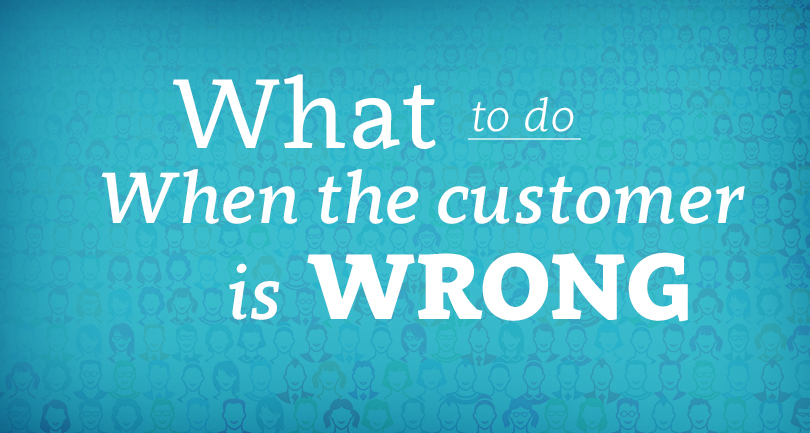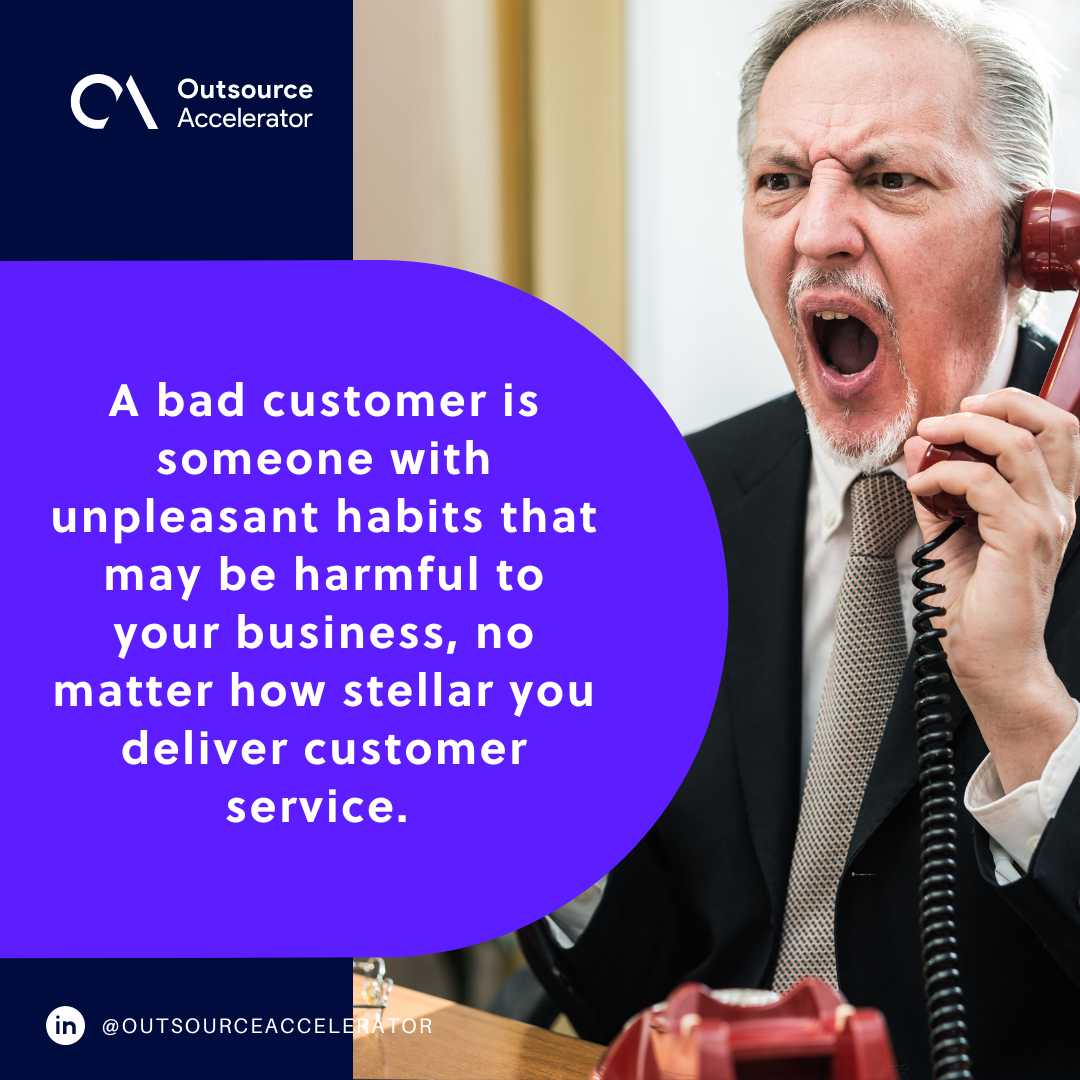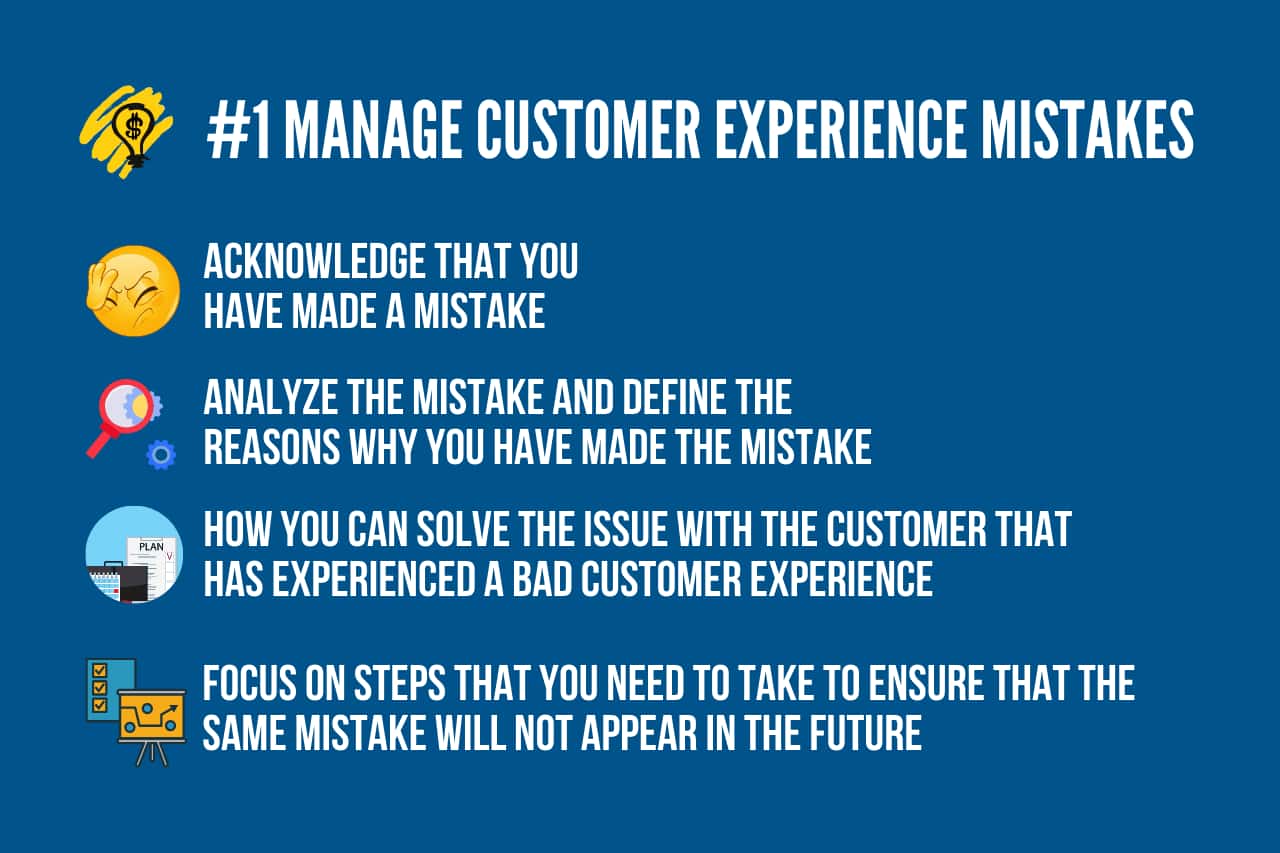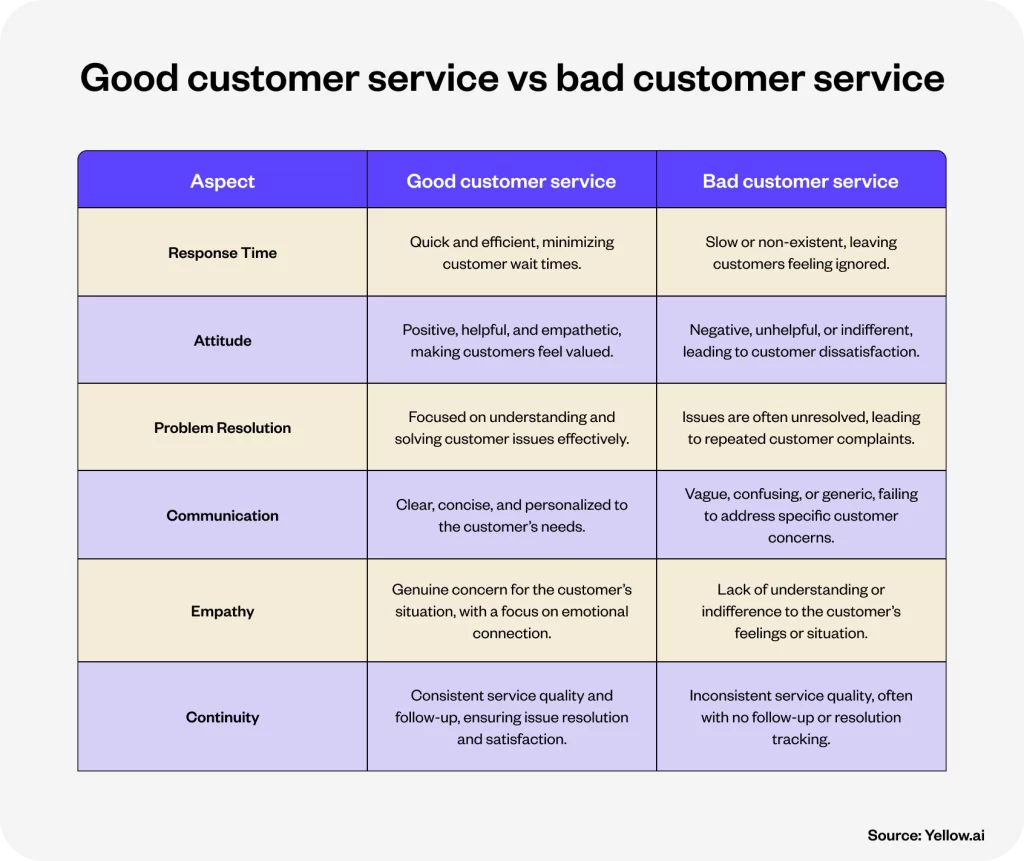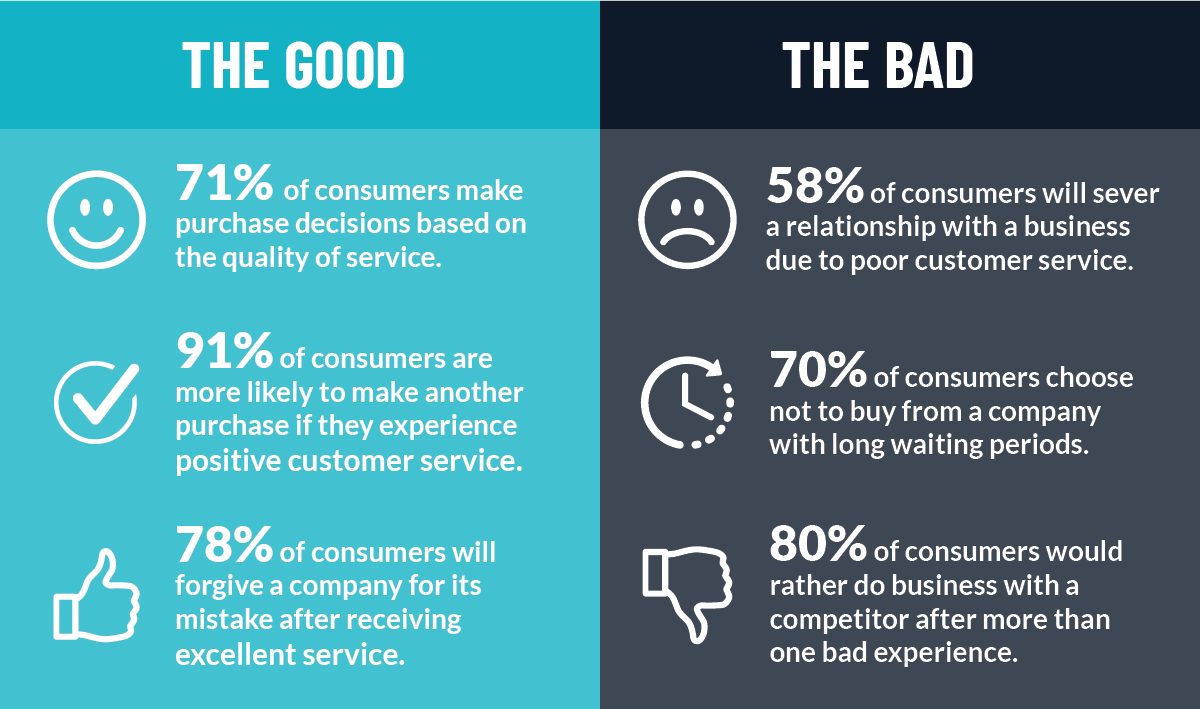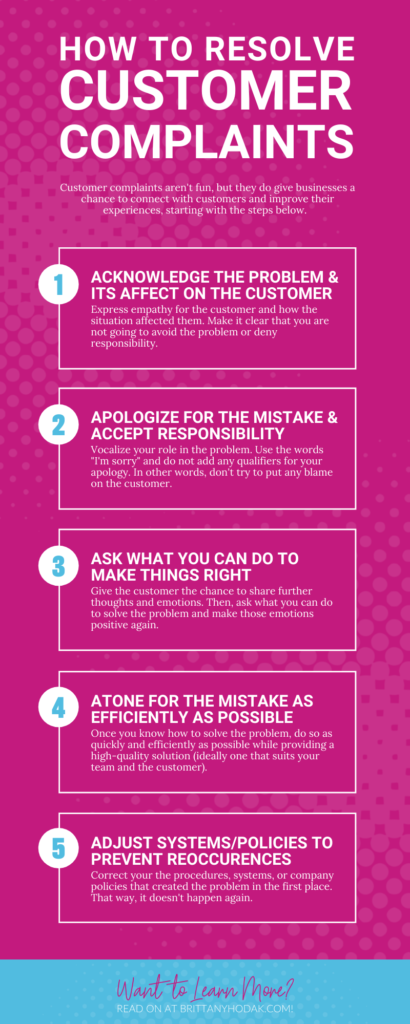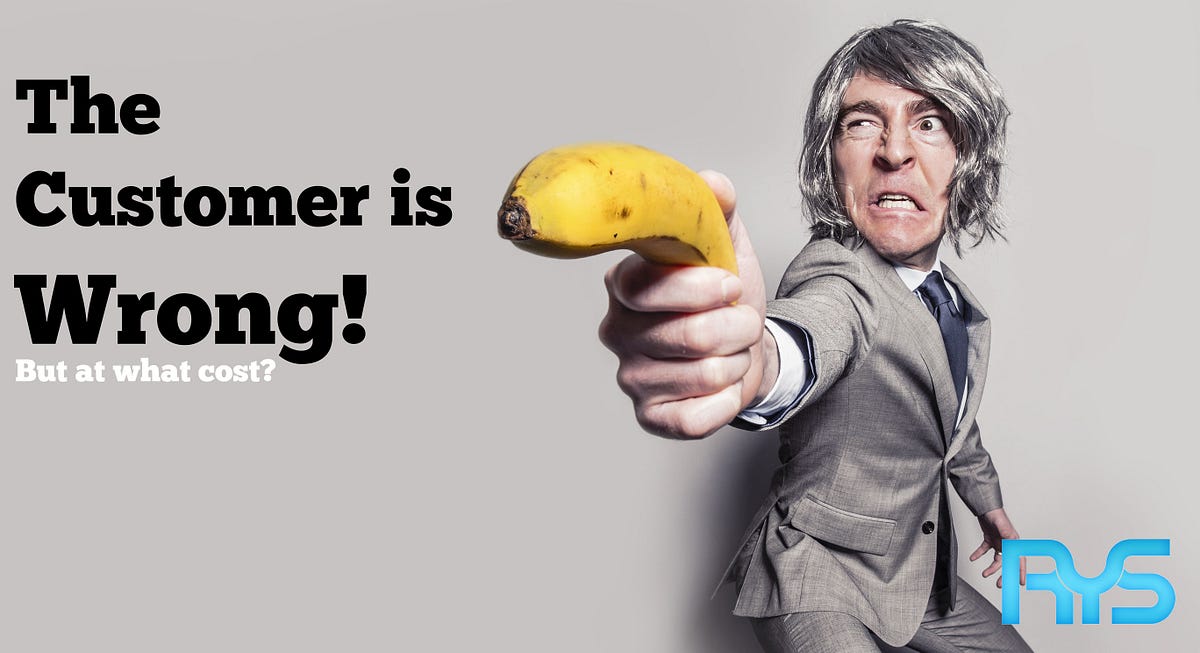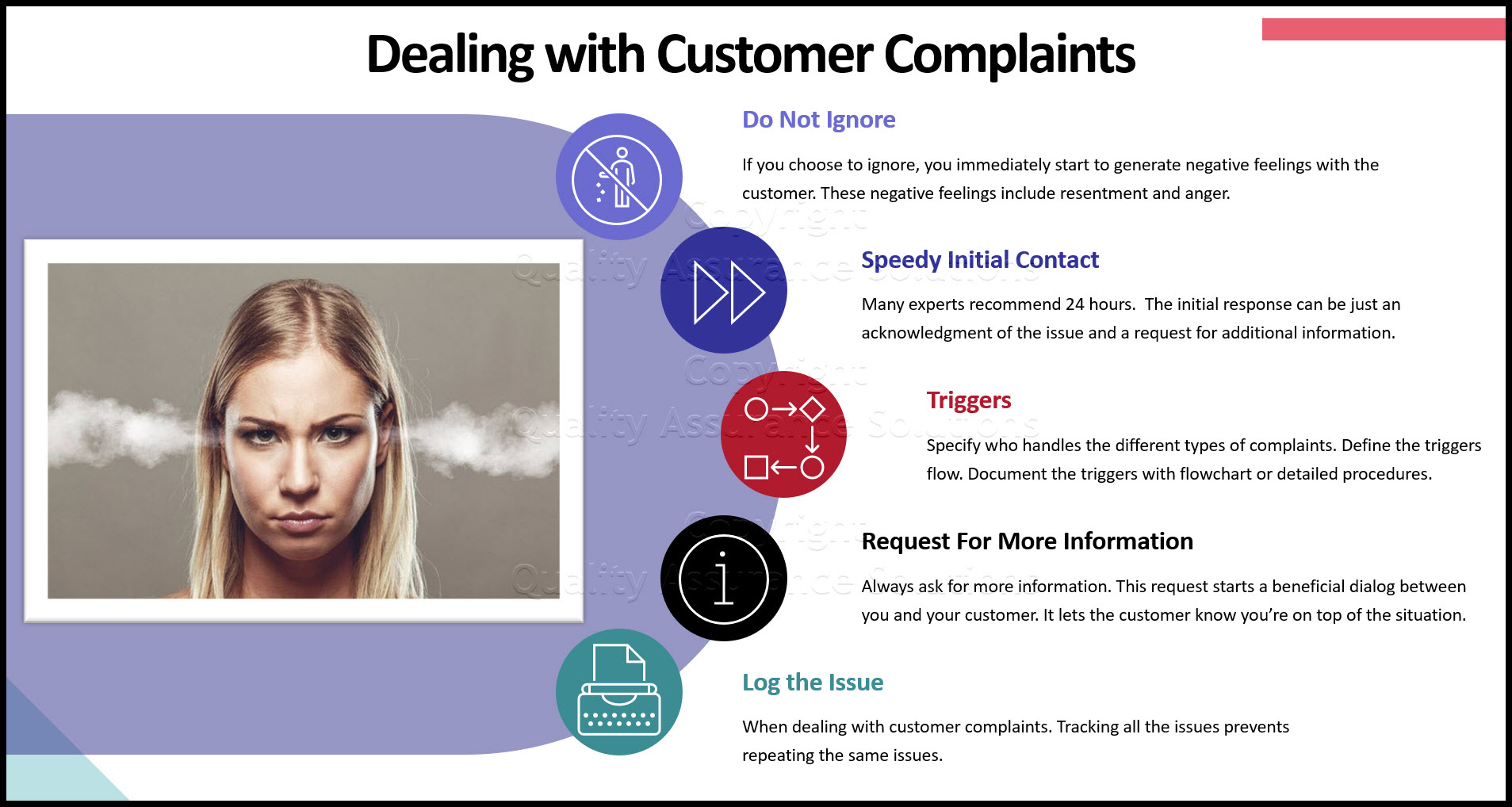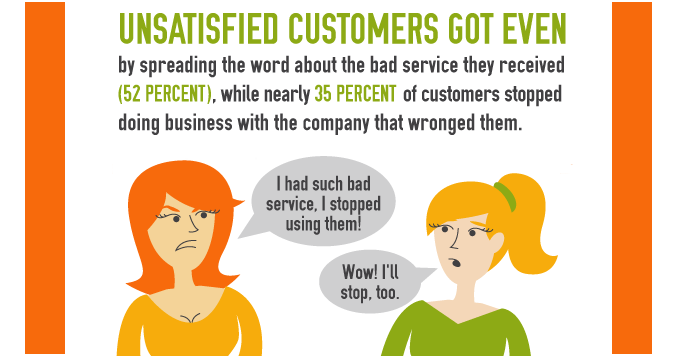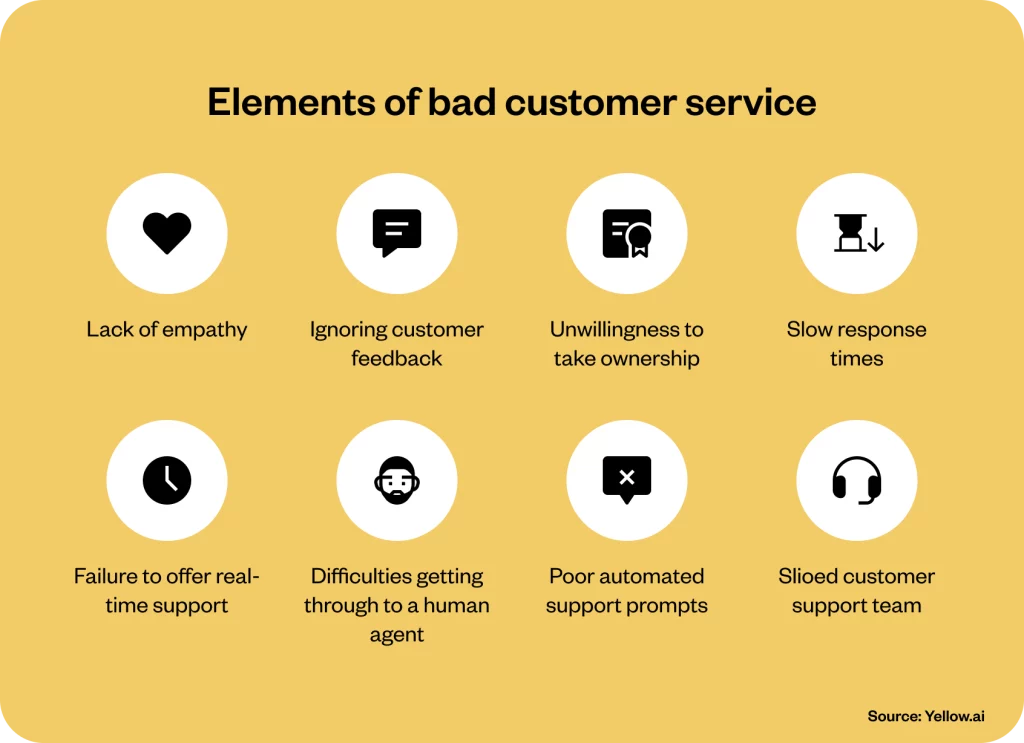What Would You Do If The Customer Is Wrong

The aroma of freshly brewed coffee hung heavy in the air, a comforting blanket against the early morning chill. Sarah, a barista with five years of experience, smiled warmly as a customer approached the counter. But the customer, a man in a sharp suit, immediately launched into a tirade about his latte being "completely wrong," insisting he’d ordered a cappuccino. The situation felt like a brewing storm, a test of Sarah's customer service skills.
Navigating the delicate balance between customer satisfaction and upholding accuracy is a critical challenge for businesses of all sizes. Knowing how to handle situations where the customer is mistaken, while preserving their trust and loyalty, can make or break a company's reputation.
The Delicate Dance of Customer Service
The age-old adage "the customer is always right" has been a cornerstone of customer service for decades. However, the modern understanding of this principle emphasizes prioritizing customer satisfaction without sacrificing integrity or enabling unreasonable behavior. The goal is to resolve conflict amicably and find mutually agreeable solutions.
Understanding the Customer's Perspective
Often, when a customer is "wrong," their perception is rooted in miscommunication, misunderstanding, or simply having a bad day. Empathetic listening is key. Allowing the customer to fully express their concerns, without interruption, can diffuse the situation and provide valuable insight into the root of the problem.
Active listening, acknowledging their feelings, and demonstrating genuine concern can transform a frustrated customer into a cooperative one.
For example, instead of immediately correcting the man about his "wrong" latte, Sarah might say, "I understand you're unhappy with your drink. Could you tell me what you were expecting so I can help?"
When the Customer is Factually Incorrect
There are times when the customer's complaint is demonstrably incorrect. Perhaps they misunderstood the product description, misremembered their order, or are simply mistaken about the store's policies. In these situations, tact and diplomacy are essential.
Correcting a customer directly can often escalate the conflict. Instead, try to reframe the situation and focus on finding a solution. For instance, you could say, "I see the confusion, let's see what we can do to make things right."
Offering a compromise, even if the customer is at fault, can be a powerful way to maintain goodwill. This could involve offering a discount on their next purchase, a complimentary item, or a simple apology for the misunderstanding.
Data from Zendesk's 2023 Customer Experience Trends Report highlights that customers are more likely to remain loyal to a brand that provides exceptional customer service, even in the face of mistakes or disagreements.
Empowering Employees
Companies should empower their employees with the training and authority to handle difficult customer interactions effectively. This includes teaching them active listening skills, conflict resolution techniques, and the ability to make decisions that prioritize customer satisfaction while protecting the company's interests.
Employees who feel supported and trusted are more likely to handle challenging situations with confidence and professionalism.
For instance, Sarah, armed with the authority to remake the drink and a guideline on handling difficult customer interactions, feels confident in offering a solution to the man: “I am so sorry for the inconvenience, I will remake the drink for you as a cappuccino. I want to make sure you enjoy your coffee with us today.”
Beyond the Transaction: Building Lasting Relationships
The way a company handles a situation where the customer is wrong says a lot about its values and its commitment to customer satisfaction. By prioritizing empathy, understanding, and finding mutually agreeable solutions, businesses can turn potentially negative experiences into opportunities to strengthen customer relationships.
This approach not only preserves customer loyalty but can also lead to positive word-of-mouth referrals and a stronger brand reputation.
As the man, now with a freshly made cappuccino in hand, smiles faintly at Sarah and muttered "Thank you", she realized that customer service isn't always about being right, but about fostering understanding and building connection, one cup of coffee at a time.

